Picture this: Two people walk into the same crisis. The project is behind schedule, the client is furious, and the team is falling apart.
The first person immediately starts assigning blame, calls an emergency meeting to “get to the bottom of this,” and sends a tersely worded email about “accountability and expectations.” The second person takes a breath, gathers the team, and says, “This is tough, but we’re in it together. Let’s figure out how to make this right.”
Same crisis. Same pressure. Completely different responses.
It’s a pattern at so many organizations: when the heat is on, people either retreat into management mode or step up into leadership. The difference isn’t about job titles or org charts—it’s about fundamental choices in how we treat people when it matters most.
Simon has spent years studying what separates managers from leaders, and the distinctions are both subtle and profound. Here are five critical differences that reveal whether you’re managing or leading.
1. Managers Hoard Information. Leaders Overshare.
We’ve all worked for that manager who treats information like classified intelligence. They keep key details close to the vest, thinking it gives them power or control. It’s like they’re running a secret club, and you’re not on the guest list.
Simon puts it this way: “A classic manager move: keep key details close to the vest, thinking it gives them power or control… Leaders? They go the opposite way. They’ll walk into a meeting and say, ‘Here’s everything I know, here’s what I don’t, and here’s what keeps me up at night.’ Why? Because trust is built on transparency, not secrecy.”
The contrast is striking. A manager might send out a vague email about a “change in direction” but won’t explain why. A leader calls the team together, lays out the business challenge, and says, “I want your ideas. Here’s what’s at stake.”
Simon’s advice? “Next time you’re tempted to hold back info, ask yourself, ‘What’s the worst that happens if I share this? What’s the best?'”
2. Managers Weaponize Policy. Leaders Bend Rules for People.
Every organization has rules, but how we use them reveals everything about our leadership philosophy. Managers quote the handbook word for word, using policy as a shield to avoid difficult decisions or uncomfortable conversations.
Leaders see it differently. As Simon observes: “Leaders see policies as guardrails, not handcuffs. If someone’s struggling, a leader asks, ‘How can I help you succeed—even if it means flexing the rules?'”
The practical difference is profound. When someone hits a wall, a manager says, “Sorry, you missed the PTO deadline. Nothing I can do.” A leader responds, “You’ve had a rough month. Let’s see if we can make this time off work. I’ll talk to HR with you.”
Simon’s challenge to managers: “When someone hits a wall, don’t just say ‘that’s policy.’ Ask, ‘What’s really going on here, and how can we solve it together?'”
3. Managers “Fire Fast.” Leaders Coach, Then Help People Land Softly.
The business world loves the mantra “hire slow, fire fast,” but Simon has observed a crucial distinction in how managers versus leaders handle departures.
“Managers love the ‘hire slow, fire fast’ mantra,” Simon says. “But leaders know that letting someone go isn’t about making an example—it’s about dignity. I’ve seen leaders spend weeks helping someone find a better fit, even making calls to other companies. They don’t destroy confidence on the way out; they build a bridge to what’s next.”
A manager might say, “You’re not meeting expectations. Today’s your last day.” A leader takes a different approach: “I’ve noticed you’re struggling. Let’s talk about what’s not working. If this isn’t the right fit, I’ll help you find something that is—even if it’s not here.”
Simon’s reframe for anyone facing this situation: “If you have to let someone go, ask, ‘How can I help you find a place where you’ll thrive, even if it’s not here?'”
4. Managers Avoid Hard Conversations. Leaders Run Toward Them.
Perhaps nothing separates managers from leaders more clearly than their relationship with difficult conversations. Managers might sugarcoat, dodge, or hide behind email to avoid discomfort. Leaders understand that avoidance only makes things worse.
Simon’s observation: “Leaders pull people aside and say, ‘This is tough, but I care about you, so let’s talk.’ They know candor is kindness, not cruelty.”
In practice, this looks like a manager noticing tension between team members but saying nothing, hoping it’ll blow over. A leader sits down with both people and says, “This is awkward, but we need to talk about what’s going on. I care about both of you.”
Simon’s practical advice: “Next time you want to avoid a hard talk, say out loud, ‘This is going to be uncomfortable, but it matters.’ Then do it anyway.”
5. Managers Reward Compliance. Leaders Reward Dissent.
Managers love yes-men and yes-women—people who nod along and follow orders without question. Leaders actively seek out the people who will challenge them.
As Simon explains: “Managers love a good yes-man. Leaders? They want the person who says, ‘I think we’re making a mistake.’ Because that’s how you get better.”
The behavior difference is clear: a manager praises the person who always agrees in meetings. A leader publicly thanks the person who says, “I think we’re missing something,” and asks them to elaborate.
Simon once shared a story about a leader who sent a handwritten note to someone who challenged them in a meeting, saying, “Thank you for making us better.” That’s not just surprising. It’s unforgettable.
His advice: “When someone challenges you, say, ‘Thank you. Tell me more.’ Even if it stings.”
The beautiful thing about leadership is that it’s not about your job title or where you sit on the org chart. It’s about the daily choice to see people as humans rather than resources, to build trust rather than demand compliance, and to create an environment where people can do their best work.
Every interaction is an opportunity to lead. The question isn’t whether you have the authority—the question is whether you have the courage.
For more, explore The Optimism Library today.












